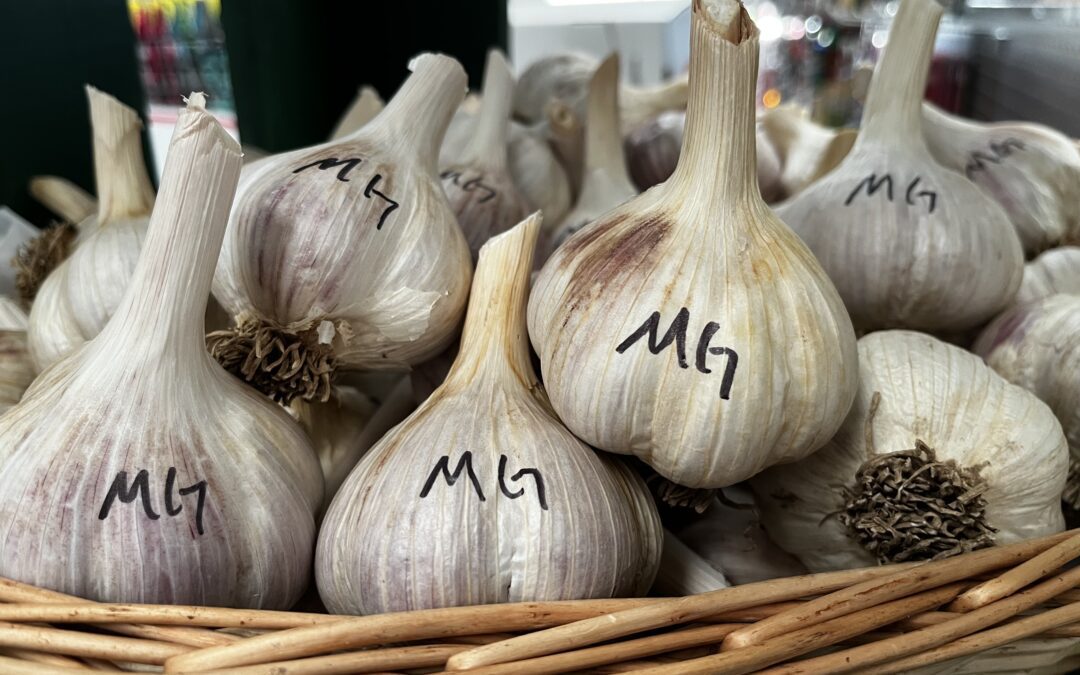So many of you planted fruits and vegetables again this spring and we hope that you’ve been happy with the results. After all, there are few things more delicious then a tomato eaten right off the vine. And you may find that you’ve got some empty spots where spring crops have been harvested or, as we’ve seen in some of your photos sent into the Plant Information Desk, plants that were not as successful as you hoped.
Experienced gardeners live by the motto ‘if at first you don’t succeed, try again.’ And newbies should take heart. Gardening is a process and you’ll learn something from everything you plant, no matter the outcome. So let’s give it another go!
Late summer and fall veg planting is a way to prolong your season and there are many vegetables that can be directly sown into your garden now, leaving plenty of time to harvest late season crops. There are a few things to keep in mind though. Know your hardiness zone and first frost date. Here in Dane County, our hardiness zone is officially 5A with an average first frost date of October 8th. Counting back from that date gives you the average number of days left in our growing season and you can match that to the days to harvest found on the back of seed packets.
So what can you plant? There are two general categories that will do well when planted in fall. The first are plants that mature quickly. This group includes beets, carrots, radishes and greens. There is also a little wiggle room for things like peas and bush beans. This is where days to harvest come into play. Just make sure that the days to harvest are fewer than the days to October 8th. In fact, adding a few extra will be helpful as plants grow more slowly due to shortening days and cooling temperatures.
The second group are plants that can tolerate a bit of frost and keep growing even as the temperatures are falling. Most brassicas are in this group, like broccoli rabe and cabbages. Kale, spring onions and many root crops thrive in cooling temps, too. Some cold-tolerant root veg actually improves in flavor as the sugars produced end up in the part of the plant that we’re consuming.
We’re going to let you in a secret bonus crop that is pretty fool-proof, though it requires some patience. Fall planted garlic is one of the most satisfying things you can grow and it’s a super easy project for kids. The cloves should be planted after the first frost and, here’s where the patience comes in, harvested in mid-summer 2024. You may never go back to the stuff in the grocery store once you’ve tasted Music or Chesnok Red. Garlic bulbs for fall planting arrived in the Garden Center last week.
Of course, there are still some hot days to come and those toasty temps can damage germinating seeds and tender seedlings. You can help them along by providing some shade from a trellis, or crops still maturing. Keep the soil moist during the often drier days and add some organic fertilizer or compost to the planting bed to replenish nutrients.

